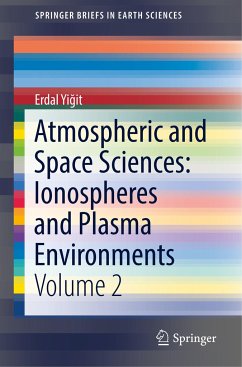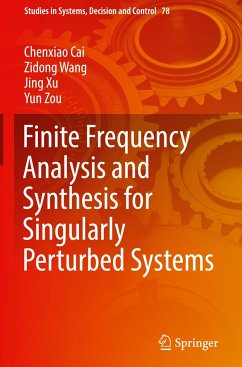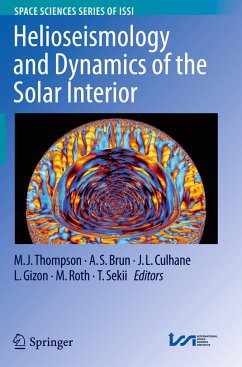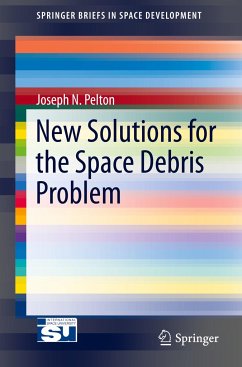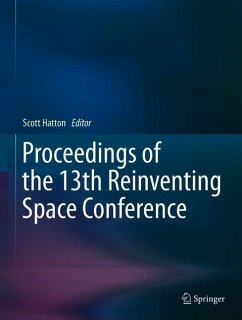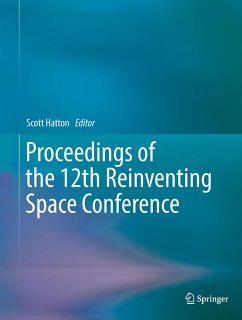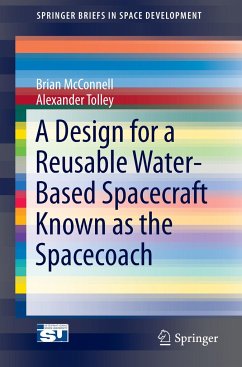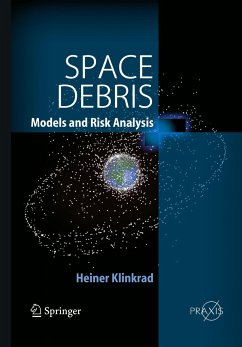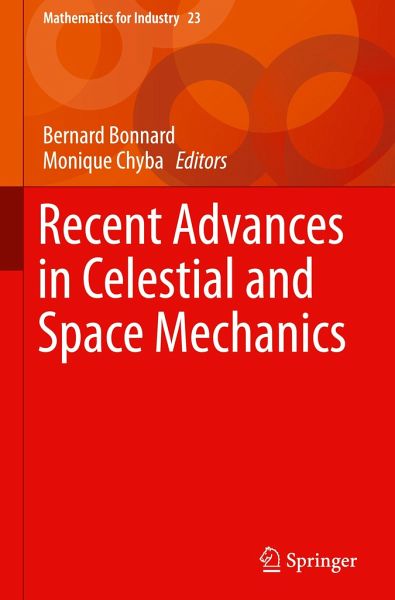
Recent Advances in Celestial and Space Mechanics

PAYBACK Punkte
19 °P sammeln!
This book presents recent advances in space andcelestial mechanics, with a focus on the N-bodyproblem and astrodynamics, and explores the development and application of computational techniques in bothareas. It highlights the design of space transfers with various modes ofpropulsion, like solar sailing and low-thrust transfers between libration pointorbits, as well as a broad range of targets and applications, like rendezvouswith near Earth objects. Additionally, it includes contributions on thenon-integrability properties of the collinear three- and four-body problem, andon general conditions...
This book presents recent advances in space andcelestial mechanics, with a focus on the N-bodyproblem and astrodynamics, and explores the development and application of computational techniques in bothareas. It highlights the design of space transfers with various modes ofpropulsion, like solar sailing and low-thrust transfers between libration pointorbits, as well as a broad range of targets and applications, like rendezvouswith near Earth objects. Additionally, it includes contributions on thenon-integrability properties of the collinear three- and four-body problem, andon general conditions for the existence of stable, minimum energyconfigurations in the full N-body problem.
A valuable resource for physicists and mathematicians with research interests in celestialmechanics, astrodynamics and optimal control as applied to spacetransfers, as well as for professionals and companies in the industry.
A valuable resource for physicists and mathematicians with research interests in celestialmechanics, astrodynamics and optimal control as applied to spacetransfers, as well as for professionals and companies in the industry.




